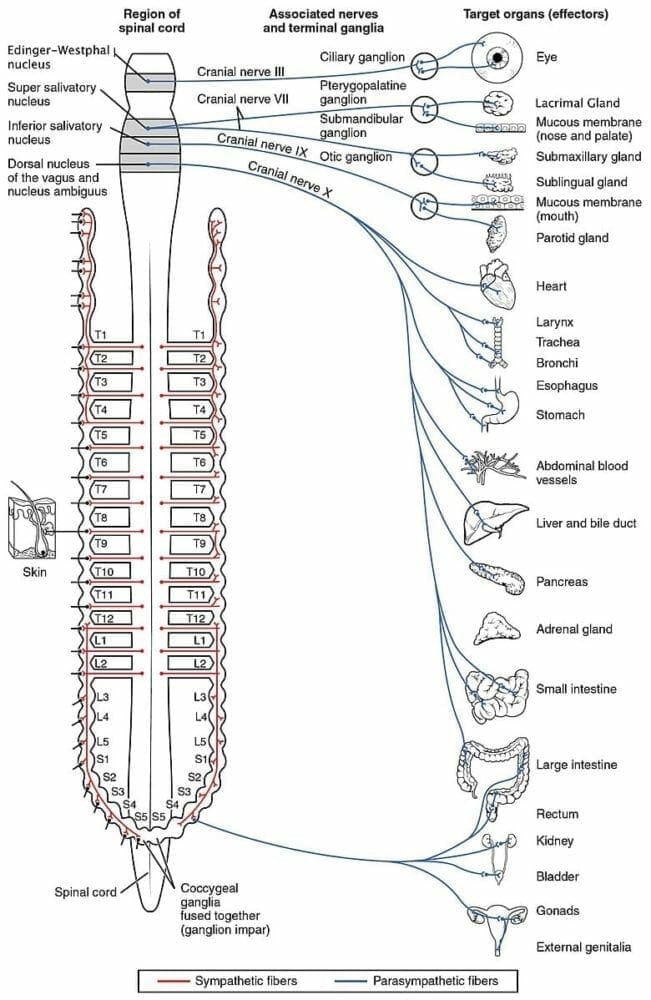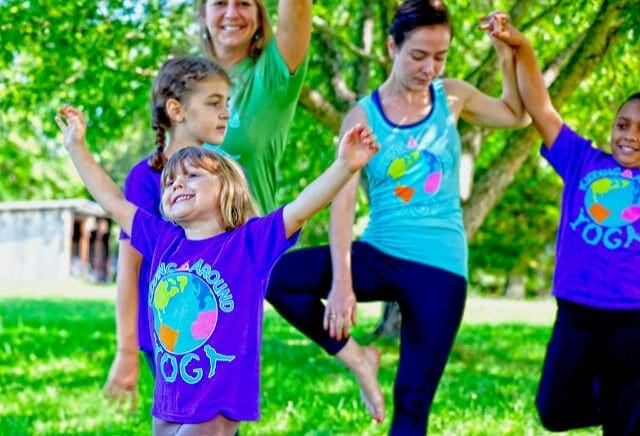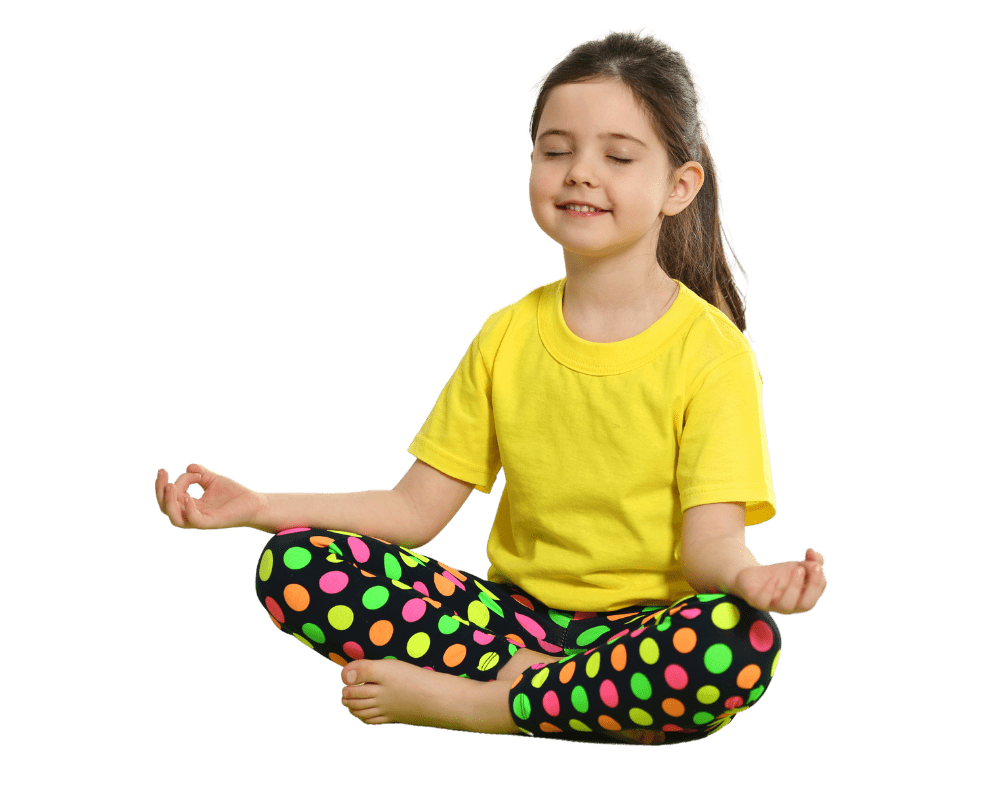**This blog article was written by (all grown-up) KAY kid, Whitney James, currently a student at Elon University in North Carolina**
WHAT IS THE PARASYMPATHETIC NERVOUS SYSTEM?
The parasympathetic nervous system (PSNS) is part of the body’s autonomic nervous system (the part that controls automatic functions like digesting and breathing). Its main purpose is to conserve energy by maintaining homeostasis, or chemical balance, especially after the fight or flight response is activated. This specific nervous system begins in the spinal column from the spinal nerves of the central nervous system. Because the nerves originate in the spinal column, the functions of this system can occur without our conscious thought. The central nervous system’s axons are really long and, throughout the rest of the body, extend into ganglia. Because ganglia are normally on or near major organs, the parasympathetic nervous system can quickly send and receive signals from the entire body.
WHAT DOES IT DO?
As mentioned previously, the parasympathetic nervous system’s main job is to maintain homeostasis, mainly after the fight or flight response has been called by the sympathetic nervous system (SNS). But while the sympathetic system has “fight or flight”, the parasympathetic system has “feed and breed” or “rest and digest” since it controls the more mundane, day to day tasks of the body. 3 of its main tasks are:
- Regulating the digestive system
- Regulating sexual arousal
- Slowing heart rate and lowering blood pressure after the fight or flight response
If we didn’t have the parasympathetic nervous system, maintaining our body’s daily processes and maintaining homeostasis would be completely impossible. The PSNS does not just have physical benefits to the body, but major mental benefits, too. It helps us calm down from stress reactions that raise blood pressure, dilate pupils, and divert energy to the “fight or flight” responses.
NEGATIVE IMPACTS OF THE SYMPATHETIC NERVOUS SYSTEM:
Spending too much time activating the sympathetic nervous system can be harmful to your body over time. Because it’s a catabolic process, it breaks down tissue and exerts energy, and these actions, over extended periods of time can, obviously, have negative consequences. Our bodies aren’t designed to have a constantly active SNS, but rather have it activate the fight or flight response when there’s actual, imminent danger to ourselves. So when people say too much stress can be harmful, they really mean that spending an excess of time in SNS, without ever coming back to PSNS, is bad.
RESTORING BALANCE BETWEEN SNS AND PSNS:
So spending too much time in SNS, and not enough time in PSNS is bad for you… but how do we balance these? There’s 7 key ways to strike a good balance between these two systems:
- Reduce stress– This sounds obvious, but physically getting rid of things, activities and people that upset you will reduce stress
- Meditation– We can never remove all external stressors, but meditation is a way to decrease our reactions to stress we can’t control by teaching us to ignore some triggers. It slows breathing, lowers blood pressure, and slows down our heart rate- which are all signs of an active PSNS.
- Massages– Getting regular massages has been shown to restore SNS and PSNS balance by making us stronger, calmer and more prepared to face stressors throughout our daily lives.
- Breathing– Slowed breathing is the biggest sign of return back to PSNS; it’s both a symptom AND a sign to our SNS that we are okay and the fight or flight response can end. Daily breathing
regimes can make your lungs stronger, bolster your immune system and lower resting heart rates.
- Yoga– Similar to meditation, yoga practices will activate your PSNS, even in stressful situations. Regular practices can strengthen your body, breathing and flexibility.
- Nutrition– Stimulants like processed sugar and caffeine can increase your body’s SNS reactions, while limiting them or cutting them out can activate your PSNS.
- Exercise- Even thinking about running can sometimes trigger our SNS, but regular exercise can actually decrease SNS activity and increase PSNS activity (but do everything in moderation!).
Like what you read here? There’s so much MORE to explore and learn with Kidding Around Yoga. Check out our website for our live and online teacher trainings, Yoga Alliance-approved 95-hour RCYT trainings, specialty online courses, original music, merchandise, and SO MUCH MORE!

 regimes can make your lungs stronger, bolster your immune system and lower resting heart rates.
regimes can make your lungs stronger, bolster your immune system and lower resting heart rates.

Outstanding article. I am preacher of the SNS and PSNS all the time to the adults in my classes.
Whitney you made this easy to explain and understand. Very good indeed,
Thank you
Also, we are proud parents of Elon Graduates.
You are in the right place for the right reason and at the right time!
Go Elon! What a wonderful coincidence! Thank you, Debra, for preaching the good word of the physiological benefits of a complete yoga practice. Glad to have you in the KAY family!